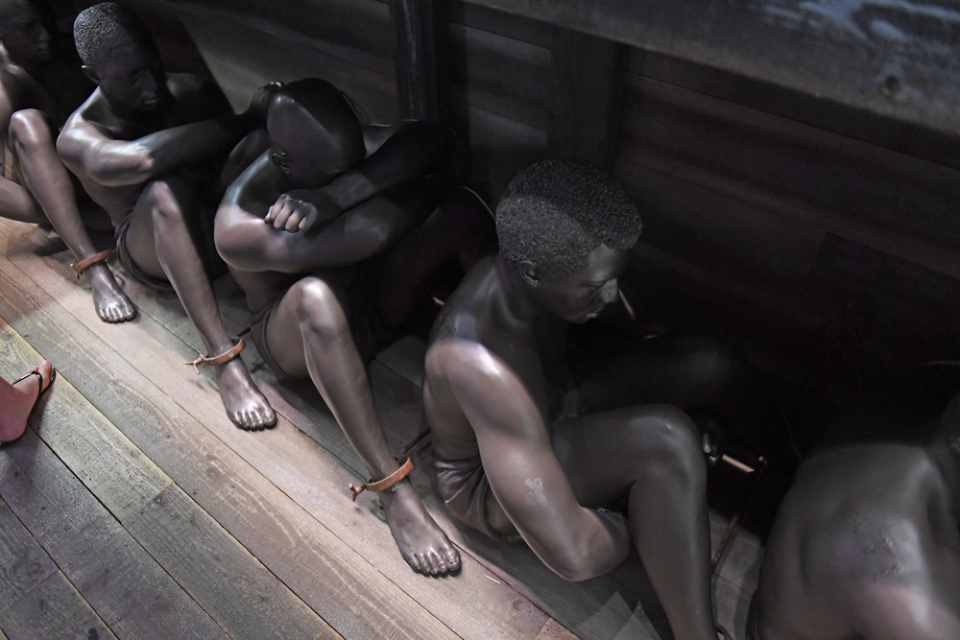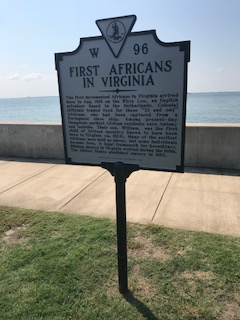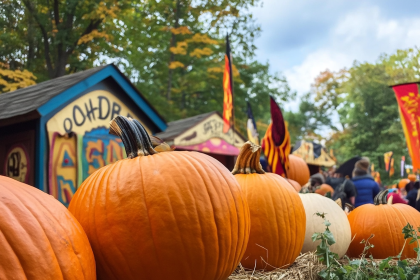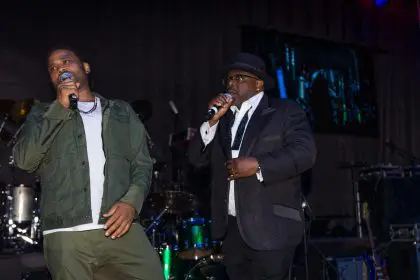
An Italian navigator, Christopher Columbus, sailed to the Americas on behalf of Spain in 1492. He first sailed west when the Catholic Monarchs – Queen Isabella I of Castile and King Ferdinand II of Aragon – funded his three ships: the Niña, Pinta and Santa Maria setting sail on August 3, 1492. He was trying to reach East Asia but actually landed in the Bahamas. On his second voyage, he was the overseer of 17 ships. He returned to the Caribbean Islands, Hispaniola to be exact, and opened a door to European colonialism, taking the natives, the Taino, as slaves. On his final journey west, he left Spain with six ships, along with three colonists, made landfall on Trinidad, entered the Gulf of Paria in Venezuela and planted the Spanish flag in South America on August 1, 1498. President Franklin D. Roosevelt proclaimed Columbus’s landing to be a recurring national holiday, which now takes place the second Monday of October. Columbus was granted this recognition even though he never sailed to North America, as reminded last week by André Johnson, actor Anthony Anderson’s TV character on ABC’s “black-ish.”
Fast forward to the African arrival in the Americas in 1619. The actual date is one arguably most Americans can’t confidently recite. The first “20 and odd” reported Angolan Africans were brought to English colonies at Point Comfort, Virginia at Fort Monroe, which is a now a national monument, in August 1619.

According to Dr. Cassandra Newby-Alexander, historian and American Evolution committee co-chair, “For years, the story of the first Africans has largely been lost or distorted. This month [August] allows us to reclaim that story. Several sites throughout the Commonwealth serve as important touch points for African American history and the fateful moment in 1619 when African culture became embedded in America’s founding and trajectory as a nation. As the events in Charlottesville earlier this month demonstrate, 1619 Virginia still impact our society nearly 400 years later. It is critical that we closely examine our history and the many untold stories that have contributed to developing our AMERICAN EVOLUTION ™.”
The Africans were traded for food in the colony. Despite the fact that slavery was not officially acknowledged in the laws of Virginia until 1661, the first Africans brought to the colony aboard the White Lion, an English privateer based in the Netherlands, were treated much as slaves were in other European colonies.
Over the years, enslaved Africans became Americans, a.k.a. Black Americans and a.k.a. African Americans, while building this country for free. New York City’s slave market was once located on Wall Street and Pearl Street in the Financial District. Social scientists estimates, as recent as April 2007, that our reparations are as much as $300B. The U.S. abolished slavery in 1865.
For more information regarding the 1619 African arrival, please visit www.AmericanEvolution2019.com.















